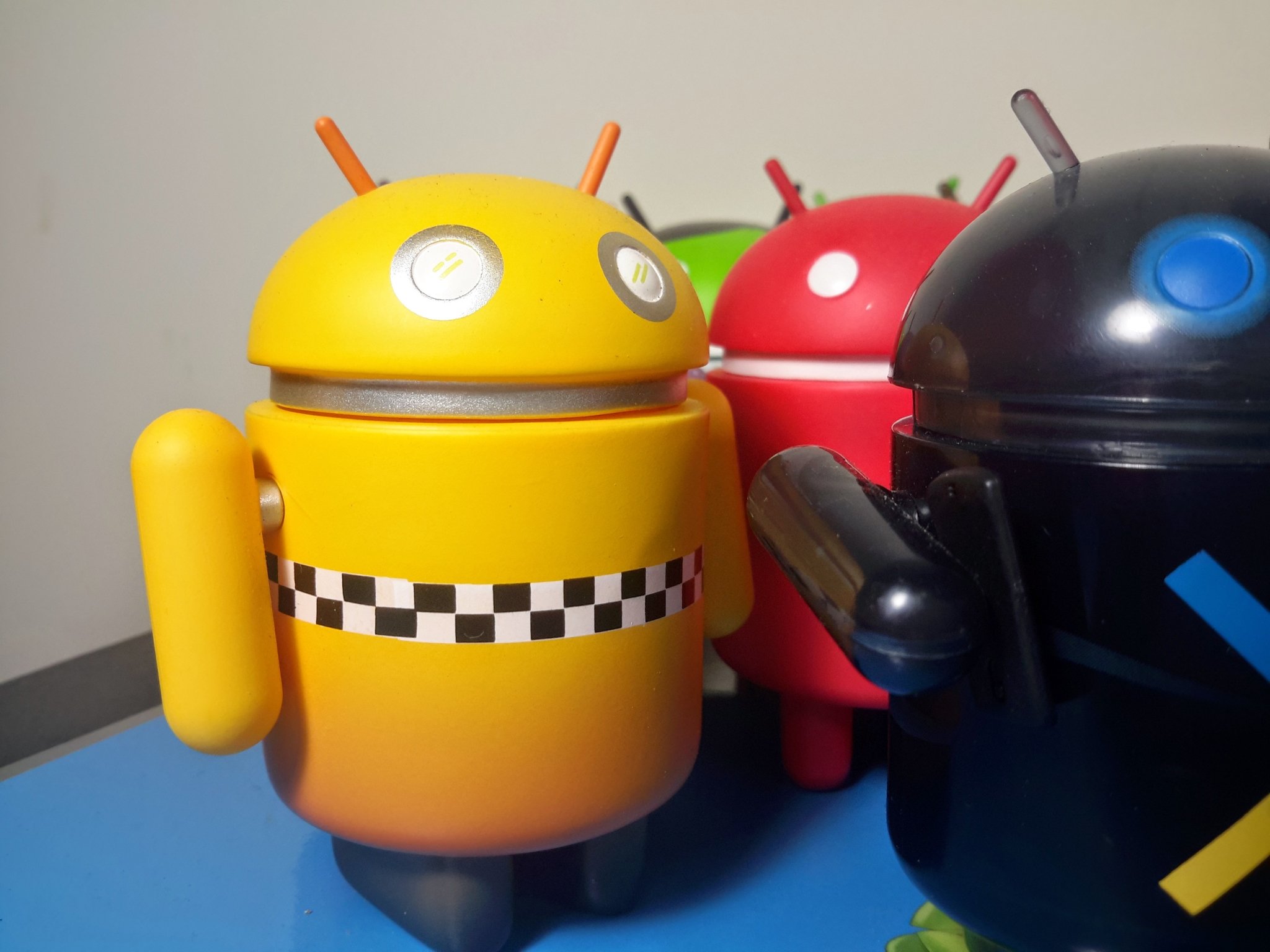Apple has the power to shift an industry, even though it isn't the biggest player on the field.
While we were all talking about the OnePlus 6T and Google screwing up wireless charging, over in Apple land there was this "little" announcement about new Macs and iPads. You might have heard something about it, even if you usually don't follow Apple news. One of the show-stealers was an all-new iPad Pro. Available in two sizes, they are more powerful, have bigger and better displays, and are aimed at people who would otherwise be thinking about buying a Surface or Chromebook. In other words, the new iPads have moved beyond what most people think of when they hear the word "tablet."
Before you get feisty and tell me to stop talking about Apple, I want to mention the very best thing ever to have come from a stage where new Apple products were being shown — an iOS device with a regular USB-C port. The same type of USB-C port your phone probably uses, or your Chromebook, or your Windows computer. Oh — and your MacBook.
Hands-on with the new iPad Pro
Granted, it would be better to see an iPhone with a USB-C port (that will come, too, eventually) but Apple supporting the socket in any way with its "mobile" operating system is great news for everyone using an Android phone. That's because even though Apple may not be the company that makes the most mobile devices or has the highest market share, it is the only tech company with the brand power to move an entire industry. And that means mobile accessories are going to finally get a little more homogenous and maybe, just maybe, more things with a USB-C port will appear and they will "just work."
If you were an early adopter of USB-C headphones and didn't have a Motorola phone you might have witnessed first-hand how messy it can be. That's because companies that make products with a USB-C connector can be fully within the standards but don't universally work. Audio accessory mode comes to mind — it's the part of the standard needed for analog audio passthrough from a USB-C connector — as does the different phones that didn't support it. Meanwhile, many different models of USB-C dongles and headsets required it be supported.
More: The best USB-C headphones you can buy
This happens because the parts of the USB standards that need to be followed to be compliant really only affect the electrical safety and data transfer. Other parts, like video output or Power Delivery or the aforementioned accessory mode, are extra features that can be implemented, but don't have to be. All you can count on is that a USB-C input port can transfer power and a basic two-wire data stream that's backward compatible with older USB connector specs. And that gets messy when companies making devices like phones want to save as much money as possible.
Apple will limit some of the USB-C feature set, but the parts it implements will soon become the industry "standard."
Apple will surely limit the feature set of the USB-C connection. We already know that it is limiting external storage to exclude hard drives. But we do know it isn't limiting audio or video output and the iPad Pro can send digital or analog audio, as well as 5K HDR video, through its "new" connector. Companies making products designed to plug into a USB-C connector are going to comply with whatever Apple is doing because companies making accessories also make money if those accessories are certified for Apple devices.
Companies that make phones will follow. Partially because many also follow Apple's lead, but also because once accessories get more standard they want all of them to work with the latest phone, too. USB-C headphones are starting to get here already. Chances are if you have a phone from 2018 and buy a set of headphones or dongle from 2018 things will work when connected. But USB-C offers so much more, and photos of iPads connected to DSLR cameras or MIDI interfaces mean that one day soon Android phones will be able to do the same. Not because of Android — it already supports such connections — but because the companies making the phones will ride the wave.
I still have my doubts about using a mobile operating system for hardcore productivity, no matter how much Adobe and Autodesk promise me that I can. I think an iPad is much like a Chromebook and great for 95% of everything we do, but Autocad or NBA2K are still going to need a desktop platform. But seeing USB-C's arrival for iOS has me thinking that these are the best iPads ever.
from Android Central - Android Forums, News, Reviews, Help and Android Wallpapers https://ift.tt/2EYCEsp
via IFTTT





0 comments: